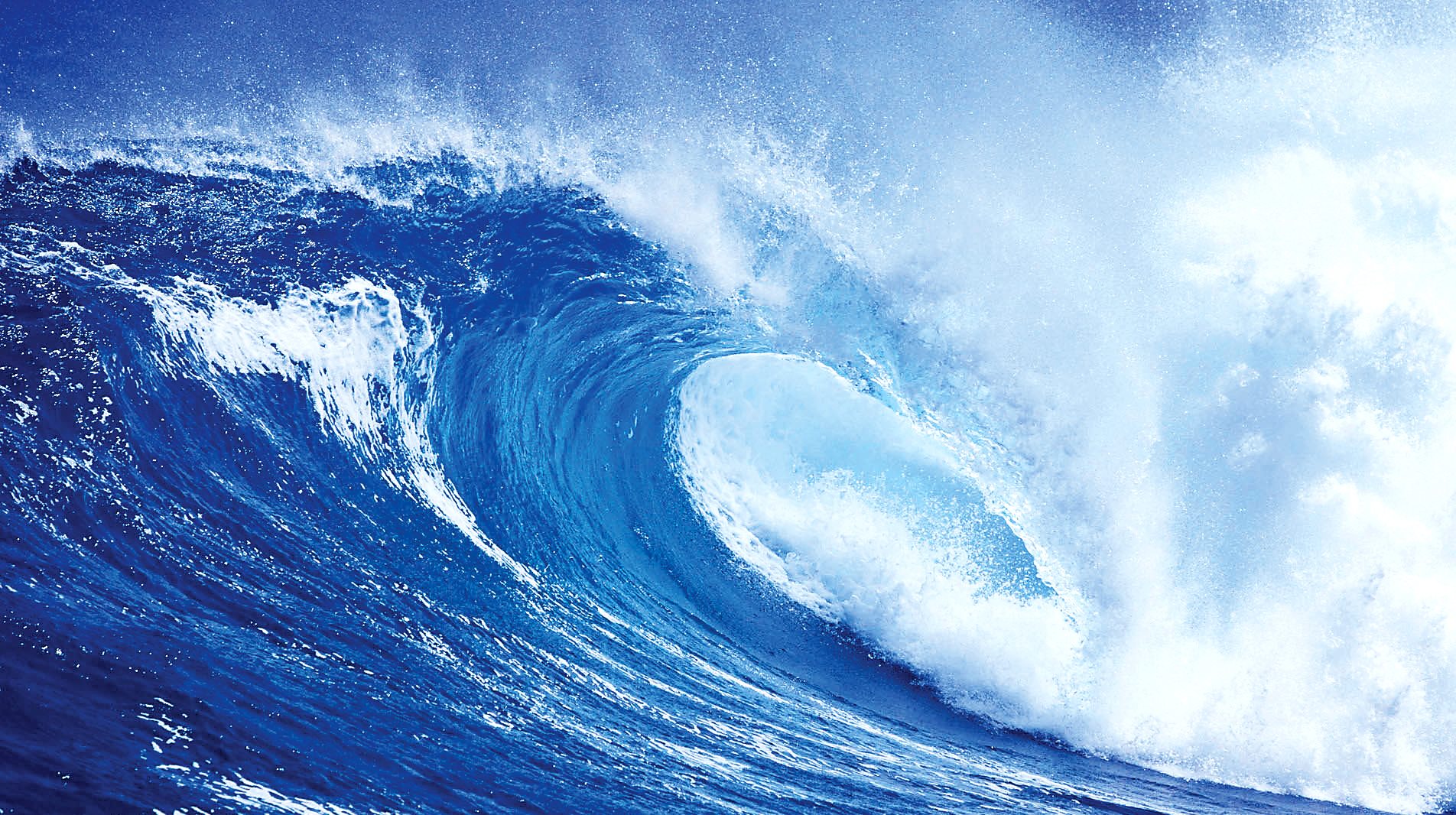
In the search for extraterrestrial life, liquid water is crucial. Life as we know it can’t exist without water. This fact has led scientists to look for twins of our planet around other stars in humanity’s ongoing quest for the discovery of life elsewhere in the universe. Twin-Earths would be rocky planets about the size of ours that orbit their stars in the habitable zone, a band of temperatures within which liquid water can exist on a planet’s surface, like it does here.
The latest estimate of the number of Earth-like planets in the galaxy is astronomical, weighing in at a minimum of 300 million potential alien Earth like planets.
But even that number may be a vast underestimate of the number of celestial bodies that can, in theory, support life as we know it. And we need only look to our own solar system to see why: Earth’s surface oceans, it turns out, are the exception to the rule when it comes to liquid water.
Beyond Earth, there’s evidence for seven more oceans in the solar system . But these are all subsurface oceans, encased in the miles-thick, icy and rocky crusts of outer solar system moons and dwarf planets.
If we learn such interior ocean worlds are as abundant around other stars as they are here, it would boost the number of chances life has had to develop in the galaxy, improve the odds of it surviving over time, and perhaps even explain why we’ve yet to find compelling evidence of other technological civilizations out there.
The outer solar system is brimming with water, often as vapor or ice. But we’ve been surprised to discover liquid water not only also exists, but is far more common than expected.
The strongest evidence suggests there are subsurface oceans on Jupiter’s moon Europa and Saturn’s moons Enceladus and Titan. But they may also be present on several other outer solar system moons, such as Calisto, Ganymede, and Triton, and even on the dwarf planet Pluto.
For moons orbiting the gas giants, gravitational energy is in the driver’s seat. As the moons trace elliptical orbits around their planets, varying gravitational forces flex their interiors and produce copious amounts of heat—more than enough, it’s believed, to maintain liquid oceans.
So, what if other star systems are like ours, replete with subsurface oceans on moons and dwarf planets? In his report, Stern suggests interior ocean worlds have several advantages over exterior ocean worlds, and therefore, if they’re common, it’s far less likely we are alone in the universe—but also, it might be a lot harder to prove the case.
Because interior oceans are encased in miles-thick icy and rocky crusts, they’re less dependent on conditions around their host star. This means they can persist far outside external ocean world habitable zones—as we’ve seen in our solar system—and around a wider variety of stellar types. They may not even need a host star at all, Stern writes, and could exist on wandering planets ejected from their systems.
Also, if life were to evolve on an interior ocean world, its home world’s naturally protective shell would shield it from a variety of existential risks faced by life on the surfaces of planets.
These include asteroid and comet impacts, the detonation of nearby supernovae, and dangerous stellar radiation from their host stars. Indeed, such planets would have little need for strong magnetic fields, like Earth’s, to protect them from radiation.
Such conditions could prove ideal for live to evolve and thrive.All this, of course, depends on how common interior ocean worlds are and whether they’re actually capable of hosting life. We’ll likely learn more about both in the coming years.
There are already orbital surveys of the surfaces of Europa and Enceladus in the works. Further afield, scientists hope to send landers to these moons too and more directly sample the oceans below. And although detecting exomoons is still a challenge, more sensitive instruments and creative new methods may, in the future, yield insight into how frequently they occur and what they’re made of.
In the interim, however, it’s fascinating to speculate how life might develop in environments so alien to our own.
